Diamond lockets have been cherished for centuries. They not only hold precious memories but also serve as exquisite fashion accessories.
In this guide, we'll explore the myriad ways you can design a diamond locket, ensuring it becomes a unique reflection of your style and sentiment.Types of Diamond Lockets Worn On Different Occasions
1. Single Solitaire (Classic)
There's a reason why the single solitaire diamond locket never goes out of style. Its simplicity and understated beauty make it a timeless choice.
Whether set in white gold or platinum, the solitaire locket exudes sophistication. You can also opt for a colored gemstone as the centerpiece, adding a vibrant touch.
2. Filigree Locket (Vintage)
If you appreciate intricate art, a filigree diamond locket is perfect. The delicate metalwork creates an enchanting pattern, reminiscent of a bygone era.
The filigree design also allows for more diamonds to be incorporated, enhancing the overall sparkle. It's a piece that's sure to be noticed and admired.
3. Geometric Locket (Modern)
For those who prefer contemporary designs, a geometric diamond locket is a great choice. With clean lines and bold shapes, it exudes a sense of modernity.
Geometric lockets can be customized with a combination of diamonds and other gemstones, creating a striking contrast and a truly unique piece.
4. Locket Pendant (Natural)
A locket pendant is not just a piece of jewelry; it's a treasure chest of memories. These lockets feature a hinged compartment where you can place a small photo or a lock of hair.
The diamond embellishments on the exterior add a touch of elegance. It's a beautiful way to keep loved ones close to your heart.
5. Floral Locket (Beautiful)
Nature has always been a rich source of inspiration for jewelry design. A floral diamond locket captures the beauty of flowers in a wearable form.
From a single blooming rose to a bouquet of different blossoms, the options are endless. The intricate detailing of the petals and the diamond accents make these lockets truly enchanting.
How To Check Quality of a Diamond Locket?
Whether you prefer a classic, vintage, or contemporary design, a diamond locket is a piece that will always be cherished. It's not just about the diamonds; it's about the story and emotions it holds.
So, when you're designing your dream locket, let your imagination soar. After all, it's a piece that's as unique as you are.
Importance of Assessing Diamond Quality
Diamonds are not only beautiful but also significant investments.
Whether you're buying a diamond for an engagement ring 💍or as a collector's item 💎 it's crucial to understand its quality.
The quality of a diamond determines its brilliance, fire, and overall value.
In this section, we'll explore various methods to assess diamond quality, ranging from the widely known 4Cs to more advanced techniques.
4Cs: To Check Diamond Quality
When it comes to diamond quality, the 4Cs are the most well-known factors: carat, color, clarity, and cut.
Carat 🔢refers to the weight of the diamond, with larger diamonds generally being more valuable.
Color 💙 is graded on a scale from D (colorless) to Z (light yellow or brown), with the most valuable diamonds being colorless.
Clarity 🔍 measures the presence of inclusions or blemishes, with higher clarity grades indicating a cleaner diamond.
Cut 🔶 refers to how well the diamond has been shaped and faceted, affecting its brilliance.
The 4Cs provide a comprehensive overview of a diamond's quality and are a great starting point for any assessment.
Fluorescence Technique: To Check Diamond Quality
Some diamonds emit a fluorescent glow when exposed to ultraviolet light. While this may not directly affect the diamond's beauty, it's an important factor to consider.
Use of Microscope To Examine a Diamond
Another advanced technique is the use of a loupe or microscope to examine a diamond's inclusions. These microscopic imperfections, often invisible to the naked eye, can impact a diamond's clarity and value.
Additionally, professionals may use tools like a spectroscope or polariscope to analyze a diamond's light performance and optical properties.
Diamond Certification
When buying a diamond, it's crucial to ensure its authenticity and quality.
This is where certifications come in. Reputable gemological laboratories, such as the Gemological Institute of America (GIA) or the American Gem Society (AGS), provide detailed reports on a diamond's quality.
These reports, often referred to as certificates, include information on the 4Cs, as well as any additional observations.
When purchasing a diamond, always ask for a certificate from a trusted laboratory. It's a guarantee of the diamond's quality and can be useful for insurance purposes as well.
Consulting with Experts
While certifications and technical assessments are valuable, there's no substitute for the expertise of a trained professional.
Diamond appraisers and gemologists have years of experience in assessing diamond quality. They can provide insights that go beyond the numbers and technical details.
Whether it's determining the best cut for maximum brilliance or identifying a diamond's unique characteristics, their expertise is invaluable.
When making a significant diamond purchase, consider consulting with an expert to ensure you're making the right choice.
Comprehensive Approach to Diamond Quality
Assessing diamond quality is a multi-faceted process. From the 4Cs to advanced techniques, certifications, and expert opinions, each aspect contributes to a comprehensive assessment.
Whether you're a diamond enthusiast or a potential buyer, understanding these different methods is essential. It not only helps you make an informed decision but also deepens your appreciation for the beauty and intricacies of diamonds.
How To Choose Highest Quality Diamonds?
Diamonds have captivated us for centuries with their brilliance and beauty. But when it comes to buying one, it's essential to know what to look for.
In this section, we'll guide you through the key factors to consider, ensuring you choose a diamond that's not just visually stunning but also of the highest quality.
1. The 4Cs in Detail
The 4Cs - Cut, Color, Clarity, and Carat Weight - are the fundamental criteria for assessing a diamond's quality.The cut determines its sparkle, while color and clarity affect its visual purity. Carat weight, on the other hand, refers to its size.
Understanding these factors will help you compare diamonds and select the one that suits your preferences.
2. Prioritize Cut Quality
The cut is often considered the most crucial. A well-cut diamond reflects light in a way that maximizes its brilliance.Even if a diamond has excellent color and clarity, a poor cut can make it appear dull. So, always prioritize cut quality for a dazzling diamond.
3. Color: Beyond the Obvious
When we talk about diamond color, we're referring to its lack of color. The most valuable diamonds are those that are completely colorless. However, subtle color variations can also be appealing, depending on personal taste.
If you're looking for a white diamond, aim for a grade between D and H, as these are nearly colorless and offer good value.4. The Clarity Conundrum
Diamonds are formed under immense pressure, and this often results in internal or external flaws called inclusions and blemishes, respectively.Clarity refers to the absence of these imperfections. While flawless diamonds are incredibly rare and expensive, a diamond with slight inclusions that are invisible to the naked eye can be a more budget-friendly choice.
5. Carat Weight: Balancing Size and Quality
A smaller diamond with excellent cut, color, and clarity can outshine a larger one with inferior qualities. So, consider carat weight in conjunction with the other 3Cs for a well-rounded evaluation.
6. Importance of Certification
When buying a high-quality diamond, always insist on a reputable grading report from an independent gemological laboratory.This report, often provided by organizations like GIA or AGS, verifies the diamond's 4Cs and ensures its authenticity. It's your assurance of the diamond's quality and value.
7. Choosing Right Diamond Shape
Diamonds come in various shapes, from the classic round brilliant to the elegant princess and the vintage-inspired cushion.Each shape has its unique appeal, and the choice ultimately comes down to personal style. Consider trying on different shapes to see which one resonates with you the most.
8. Setting Styles: Enhancing Diamond's Beauty
The setting of a diamond can significantly impact its overall appearance. A halo setting, for example, can make a smaller diamond appear larger, while a solitaire setting showcases the diamond's simplicity and elegance.Be sure to explore different setting styles to find the one that complements your chosen diamond.
9. Metal Matters: Choosing Right Band
While the diamond takes center stage, the metal band plays a supporting role. Common choices include platinum, white gold, yellow gold, and rose gold.Each metal has its unique characteristics, from platinum's durability to yellow gold's warm glow. Consider factors like durability, color, and personal style when selecting the band metal.
10. Balancing Budget and Quality
Diamonds are available at a wide range of prices, and it's crucial to find the right balance between your budget and the diamond's quality.A smaller diamond with excellent cut, color, and clarity can often be more visually appealing than a larger one with inferior qualities. So, prioritize quality over size if you're working with a limited budget.
11. Consider Diamond Fluorescence
Fluorescence refers to a diamond's tendency to emit a soft glow when exposed to ultraviolet light.While strong fluorescence can make a diamond appear hazy, faint to medium fluorescence is generally not visible to the naked eye and can even make a diamond appear whiter.
12. Allure of Fancy Colored Diamonds
While white diamonds are the most popular, fancy colored diamonds have their own unique charm. From the intense blue of a Hope Diamond to the vibrant yellow of a Canary Diamond, these rare gems make a striking statement.If you're considering a colored diamond, be sure to evaluate its color intensity and evenness.
13. World of Diamond Treatments
Diamond treatments are techniques used to enhance a diamond's appearance. While some treatments, like laser drilling to remove inclusions, are widely accepted, others, like high-temperature annealing, are less desirable.Always inquire about any treatments a diamond may have undergone and ensure full disclosure from the seller.
14. Online Diamond Buying Experience
With the rise of online diamond marketplaces, buying a diamond has never been more convenient. However, exercise caution.Only purchase from reputable websites that provide detailed information and high-resolution images. Additionally, ensure a generous return policy, allowing you to inspect the diamond in person before making a final decision.
15. Value of Diamond Appraisals
A diamond appraisal is a professional assessment of a diamond's value. While it's not the same as a grading report, an appraisal can be useful, especially for insurance purposes.Consider getting an appraisal for any significant diamond purchase, and be sure to choose a qualified appraiser with relevant credentials.
16. Caring for Your Diamond: Maintenance Tips
Diamonds are durable, but they still require proper care to maintain their brilliance.
Regular cleaning with a gentle solution and a soft brush, storing them separately to avoid scratches, and periodic professional inspections are some of the essential maintenance practices.
Treat your diamond with care, and it will continue to shine for generations.
17. Sentimental Value of Vintage Diamonds
Vintage or antique diamonds have a unique charm that's hard to replicate. Whether it's the intricate craftsmanship of an Art Deco piece or the romanticism of a Victorian design, these diamonds carry a sense of history and nostalgia.If you're drawn to vintage diamonds, be sure to source them from reputable antique jewelers.
18. Rising Popularity of Lab-Grown Diamonds
Lab-grown diamonds, also known as synthetic or man-made diamonds, are becoming increasingly popular. These diamonds have the same physical and chemical properties as natural diamonds but are created in a controlled environment.They offer an ethical and often more affordable alternative. If you're considering a lab-grown diamond, ensure it comes with proper certification.
19. Timeless Elegance of Diamond Studs
Diamond studs are a classic jewelry staple, loved for their versatility and timeless appeal. When choosing diamond studs, consider the 4Cs, with a particular emphasis on cut quality.The right pair of diamond studs can elevate any outfit, making them a worthwhile investment.
20. Trust Your Instincts: Final Decision
While all the tips and guidelines are valuable, the final decision should ultimately be based on your instincts. A diamond is not just a piece of jewelry; it's a symbol of love, commitment, or personal style.Choose the diamond that speaks to you, one that you can't help but admire every time you look at it.
Your Journey To The Perfect Diamond
The process of choosing a high-quality diamond can be both exciting and overwhelming. But armed with the right knowledge and these 20 tips, you're well-equipped to make an informed decision.
Whether it's the brilliance of a well-cut diamond or the allure of a colored gem, each diamond has its own story to tell. So, embark on your diamond journey, and may you find the perfect gem that's as unique as you are.
How To Create Timeless Beauty of Diamond Lockets?
Diamond lockets have been cherished for centuries, symbolizing love and elegance. In this section, we'll delve into the art of creating these exquisite pieces, exploring both age-old methods and cutting-edge technologies.
Traditional Metal Work - A Labor of Love
Crafting a diamond locket through traditional metal work involves meticulous steps.
From shaping the base metal to setting the diamonds, every stage requires the skillful hands of a master jeweler.
This method not only ensures durability but also adds a touch of artisanal charm.
Intricacy of Hand Engraving
Hand engraving is a technique that imparts intricate patterns and designs to the locket's surface.
The engraver's expertise lies in their ability to create depth and texture, enhancing the overall visual appeal. It's a time-consuming process, but the results are truly mesmerizing.
Allure of Filigree
Filigree, a delicate form of metalwork, involves twisting and curling fine metal wires to create intricate motifs.When combined with the brilliance of diamonds, the locket becomes a work of art. The art required for filigree is exceptional, making each piece truly unique.
Embracing Modernity with 3D Printing
In recent years, 3D printing has revolutionized the jewelry industry. With this technology, designers can create intricate, complex designs that were once unimaginable.The precision and speed of 3D printing allow for efficient production, while still maintaining the desired level of detail.
Whether it's the timeless allure of traditional metalwork or the cutting-edge techniques of 3D printing, the creation of a diamond locket is a journey that combines skill, artistry, and innovation.
Each method has its own charm, ensuring that these exquisite pieces continue to captivate for generations to come.
Diamond lockets have always held a special place in the world of jewelry. Their elegance, versatility, and sentimental value make them a cherished possession.
Whether it's a gift for a loved one or a personal indulgence, a diamond locket is a timeless piece that never goes out of style.
Step 1: Choosing the Perfect Diamond
The first step in creating a diamond locket is selecting the right gemstone. Consider the 4Cs: carat, cut, color, and clarity.
Each factor contributes to the overall beauty and value of the diamond.
Additionally, think about the shape and setting style that best compliments your design.
Step 2: Designing the Locket
The design of a locket is what sets it apart. From classic heart-shaped lockets to intricate filigree patterns, the options are endless.Sketch out your ideas or consult with a jewelry designer to bring your vision to life. Don't forget to consider the size, weight, and functionality of the locket as well.
Step 3: Materials and Components
Apart from the diamond, the choice of materials and components is crucial. The metal, such as gold or platinum, should complement the diamond and the overall design.The clasp, hinge, and chain should be durable and secure, ensuring the locket can be worn with confidence.
Step 4: Crafting the Locket
Once the design and materials are finalized, it's time to start crafting. This involves a combination of traditional techniques and modern technology.
From shaping the metal to setting the diamond, each step requires precision and skill. It's a labor-intensive process, but the end result is worth it.
Step 5: Finishing Touches
The final stage of creating a diamond locket is the finishing touches. This includes polishing the metal to a high shine, ensuring all components are securely attached, and inspecting the piece for any imperfections.
It's a meticulous process that ensures the locket is flawless and ready to be worn.
Timeless Appeal of Diamond Lockets
Diamond lockets have been cherished for centuries, symbolizing love and capturing precious memories. The key to their allure lies in the choice of diamond.
In this guide, we'll explore the factors to consider when selecting a diamond for your locket, ensuring it becomes a cherished heirloom.
1. Understanding the 4Cs: Carat, Cut, Color, and Clarity
The 4Cs are the fundamental criteria for assessing a diamond's quality. Carat refers to its weight, while cut determines its brilliance and fire.Color ranges from colorless to light yellow, with the former being more valuable. Clarity measures the presence of internal or external flaws. Balancing these factors is crucial to finding the right diamond for your locket.
2. Importance of Cut: Maximizing Brilliance
While all 4Cs are significant, the cut of a diamond has the most significant impact on its beauty.A well-cut diamond reflects and refracts light, creating that mesmerizing sparkle. For a locket, consider a round or princess cut, as they offer excellent brilliance even in smaller sizes.
3. Balancing Carat and Size: Optimal Proportions
When it comes to carat weight, bigger isn't always better. The size of the diamond should be proportionate to the locket's overall design.A small, intricately designed locket might benefit from a smaller diamond, while a larger locket can accommodate a more substantial stone. It's about finding the right balance for a visually pleasing result.
4. Color Considerations: Enhancing the Locket's Aesthetic
The color of a diamond can either complement or clash with the locket's metal and design. If the locket features white gold or platinum, a colorless or near-colorless diamond would be an ideal choice.On the other hand, a yellow or rose gold locket can be beautifully accentuated by a slightly warmer diamond.
5. Clarity: Striking the Right Balance
While flawless diamonds are highly sought after, they come with a higher price tag. For a locket, where the diamond is often viewed from a distance, a slightly lower clarity grade can be acceptable.The key is to strike a balance between clarity and budget, ensuring the diamond still appears stunning to the naked eye.
Importance of Choosing the Right Metal
While lockets are undoubtedly a beautiful accessory, the metal they are made of plays a crucial role in their durability, appearance, and even sentimental value.
In this guide, we'll explore the various metals commonly used in lockets, their unique characteristics, and the factors you should consider when making a decision.
Gold Lockets
When it comes to lockets, gold has always been a symbol of luxury and elegance. Available in different shades like yellow, white, and rose, gold lockets are cherished for their timeless beauty.
Not only does gold resist tarnishing, but it also holds sentimental value, often being passed down through generations. However, pure gold (24 karats) is relatively soft, so lockets are usually made with lower karatage gold or combined with other metals for added strength.
Sterling Silver
If you're looking for a metal that combines affordability with a classic look, sterling silver is an excellent choice. Made of 92.5% pure silver and 7.5% other metals, such as copper, sterling silver lockets offer a brilliant shine and can be easily engraved or customized.
While silver does tarnish over time, regular cleaning and proper storage can help maintain its luster. Additionally, silver lockets are often more lightweight compared to gold, making them comfortable for everyday wear.
Stainless Steel
In recent years, stainless steel has gained popularity as a material for lockets.
Known for its strength, durability, and resistance to corrosion, stainless steel lockets are perfect for those seeking a modern and low-maintenance option. They are also hypoallergenic, making them suitable for individuals with sensitive skin.
With advancements in technology, stainless steel lockets can now be found in various finishes, including high-polish, matte, or even with intricate designs.
Gold/Silver
While gold, silver, and stainless steel are the most common choices, there are other metals worth considering. For a vintage or antique look, brass or bronze lockets can be an excellent option.
Titanium, known for its lightweight and hypoallergenic properties, is another alternative. Additionally, for those on a budget, alloys like pewter or nickel silver can provide an affordable yet stylish choice. However, it's crucial to ensure the metal used is of good quality to avoid any skin irritations or discoloration.
Balancing Durability and Budget
In the end, choosing the right metal for your locket is a personal decision that depends on your preferences, budget, and the intended use.
While gold exudes luxury, silver offers versatility, and stainless steel provides durability. Consider factors like maintenance requirements, potential allergies, and the overall design of the locket.
By weighing these aspects, you can make an informed choice that ensures your locket not only looks stunning but also stands the test of time.
Craft a Timeless Locket with Perfect Diamond
Choosing a diamond for your locket is a journey that involves considering various factors.
By understanding the 4Cs, balancing carat and size, and harmonizing color and clarity, you can create a locket that not only captivates with its diamond but also becomes a treasured piece of jewelry.
Let your locket tell a story, with the diamond as its radiant centerpiece.
Common Mistakes To Avoid
Diamond locket necklaces have a timeless appeal. They're not just a fashion statement; they're also a symbol of love and affection. Whether you're making one for yourself or as a gift, it's essential to avoid common mistakes that can compromise the beauty and durability of the piece.
1. Neglecting to Research Diamond Quality
Diamonds are graded based on the 4Cs: cut, color, clarity, and carat weight. Each of these factors contributes to the overall beauty and value of the stone. Before purchasing diamonds for your locket necklace, take the time to understand these grading criteria. This knowledge will help you select diamonds that are not only visually stunning but also durable and long-lasting.
2. Using Inadequate Tools for Setting the Diamonds
Setting diamonds requires precision and the right tools. Using subpar tools can lead to uneven or loose settings, compromising the security of the diamonds.
Invest in high-quality tools specifically designed for diamond setting. Not only will this ensure a professional finish, but it will also make the process smoother and more enjoyable.
3. Overlooking the Importance of Metal Quality
While diamonds may be the star of the show, the metal used in the locket necklace plays a crucial supporting role. The metal should be durable, hypoallergenic, and able to withstand everyday wear.
Common choices include gold, silver, and platinum. Ensure that the metal is of high quality and has the appropriate hallmark to guarantee its authenticity.
4. Failing to Consider the Locket's Size and Weight
A diamond locket necklace should not only be visually appealing but also comfortable to wear. If the locket is too large or heavy, it can cause discomfort and strain on the neck. Consider the dimensions and weight of the locket, ensuring it's proportionate to the chain and suitable for long-term wear.
5. Rushing the Design Process
Designing a diamond locket necklace is a creative endeavor that requires careful thought and planning. Rushing through the design process can result in a piece that doesn't meet your expectations.
Take the time to sketch out your ideas, consider different variations, and seek inspiration from other designs. This thoughtful approach will ensure a well-executed and visually pleasing final product.
6. Not Testing the Design's Practicality
While aesthetics are essential, practicality should not be overlooked. Consider how the locket will open and close, how the diamonds will be secured, and how easy it will be to clean and maintain. Testing the design's functionality before finalizing it can help identify any potential issues and allow for necessary adjustments.
7. Neglecting to Create a Prototype
Before diving into the final piece, it's advisable to create a prototype. This can be a simplified version of the locket, using less expensive materials. The prototype serves as a test run, allowing you to assess the design, make any necessary modifications, and ensure that the final piece will meet your expectations.
8. Using Inadequate Lighting During the Crafting Process
Proper lighting is crucial when working with diamonds. Inadequate lighting can make it difficult to assess the stone's quality, resulting in potential mistakes. Invest in a good quality, adjustable light source that provides even illumination. This will not only enhance your workmanship but also ensure that you're making accurate decisions throughout the crafting process.
9. Neglecting to Clean the Diamonds During the Crafting Process
Throughout the crafting process, diamonds can accumulate dirt, dust, or residue from other materials. Failing to clean the diamonds regularly can affect their brilliance and overall appearance. Use a gentle jewelry cleaner and a soft brush to clean the diamonds periodically, ensuring they maintain their sparkle and beauty.
10. Not Considering the Chain's Durability
The chain of a locket necklace is not just a decorative element; it's also responsible for holding the locket and ensuring its security. When selecting a chain, consider its durability, thickness, and clasp quality. A weak or flimsy chain can compromise the entire piece, putting the locket and its contents at risk of loss or damage.
11. Forgetting to Insure the Finished Piece
Once your diamond locket necklace is complete, it's not only a precious piece of jewelry but also a valuable asset. Insuring the piece ensures that it's protected against loss, theft, or damage. Contact a reputable jewelry insurer to discuss your options and find a policy that provides comprehensive coverage for your masterpiece.
12. Overlooking the Importance of Regular Maintenance
A diamond locket necklace, like any piece of jewelry, requires regular maintenance to retain its beauty and longevity. This includes periodic cleaning, checking the settings for any signs of wear or looseness, and ensuring the chain is in good condition.
Establishing a maintenance routine will help prevent potential issues and ensure that your locket necklace remains a cherished piece for years to come.
13. Not Storing the Locket Necklace Properly
When not in use, it's crucial to store your diamond locket necklace properly. This prevents tangling, scratching, or other forms of damage. Ideally, store the necklace in a soft pouch or a lined jewelry box, away from other pieces to avoid any potential friction or impact. Taking these simple storage precautions will help preserve the necklace's beauty and condition.
14. Overlooking the Importance of Hallmarks
Hallmarks are small marks or stamps on the metal that indicate its purity and authenticity. When purchasing materials for your locket necklace, ensure that they have the appropriate hallmarks. This not only guarantees the quality of the materials but also adds to the piece's value and desirability.
15. Not Seeking Professional Advice When Needed
While DIY projects can be rewarding, there may be instances where seeking professional advice is necessary. Whether it's for complex diamond settings, intricate repairs, or expert guidance on design, don't hesitate to consult a qualified jeweler. Their expertise can help you avoid costly mistakes and ensure the success of your diamond locket necklace project.
16. Failing to Account for All Costs
Crafting a diamond locket necklace involves more than just the cost of materials. There may be additional expenses, such as tools, professional services, or insurance. Before starting the project, create a budget that factors in all these costs. This will help you plan effectively and avoid any financial surprises along the way.
17. Not Allowing for Sufficient Crafting Time
Creating a diamond locket necklace is a labor-intensive process that requires time and patience. Rushing through the various stages can lead to mistakes or a subpar final product.
Before embarking on the project, assess your schedule and ensure that you have dedicated blocks of time for each stage. This will allow you to work at a comfortable pace and give each step the attention it deserves.
18. Overcomplicating the Design
While intricate designs can be visually stunning, they can also be more challenging to execute, especially for those with limited experience. When starting out, choose a design that's within your skill level. As you gain more expertise, you can gradually take on more complex and intricate designs.
19. Not Seeking Inspiration from Various Sources
Inspiration can come from anywhere. Don't limit yourself to just one source. Explore jewelry books, online platforms, museums, and even nature for design ideas. By exposing yourself to a wide range of designs, you'll not only expand your creative horizons but also develop a unique style that sets your diamond locket necklaces apart.
20. Forgetting the Joy of the Crafting Process
While the end result is undoubtedly important, don't forget to enjoy the process of creating a diamond locket necklace. Crafting jewelry is a form of art and self-expression. Embrace the challenges, learn from the mistakes, and savor the satisfaction that comes with bringing your vision to life. After all, it's not just about the destination; it's about the journey too!
Crafting a Diamond Locket Necklace to Perfection
Crafting a diamond locket necklace is a blend of creativity, skill, and attention to detail. By avoiding common mistakes and following best practices, you can ensure that your next piece is a masterpiece. So, whether you're a seasoned jeweler or a beginner, take these tips to heart, and let your diamond locket necklaces shine with brilliance and beauty. Happy crafting!
Top 20 Tools For Creating a Diamond Locket Necklace
1. Jewelers' Saw
The jewelers' saw is a versatile tool that allows for intricate cutting of metal. With its fine blade, it enables precise shaping of the locket and other components.
2. Diamond Tester
A diamond tester is essential to ensure the authenticity of the gemstones used. It helps in distinguishing between genuine diamonds and imitations.
3. Bezel Roller
The bezel roller is used to secure the diamond in its setting. It ensures a tight and secure fit, preventing any accidental dislodging.
4. Loupe
A loupe is a jeweler's magnifying tool. It aids in examining the diamond's clarity, color, and cut, allowing for precise workmanship.
5. Soldering Torch
The soldering torch is used for joining metal components. It provides the necessary heat to create strong and durable connections.
6. Pliers Set
A set of pliers, including chain-nose, round-nose, and flat-nose, is essential for various tasks like bending, shaping, and holding small components.
7. Diamond Files
Diamond files are used for shaping and smoothing metal surfaces. They are particularly useful for intricate designs and delicate detailing.
8. Polishing Wheel
The polishing wheel, along with polishing compounds, gives the final shine to the necklace. It removes any scratches or imperfections, enhancing its beauty.
9. Calipers
Calipers are precise measuring tools. They are used to ensure accurate dimensions, especially when working with gemstones and settings.
10. Mandrel
A mandrel is a tapered tool used for shaping rings and other curved components. It provides the necessary support during the shaping process.
11. Jeweler's Bench
A jeweler's bench is a dedicated workspace with various built-in features like a bench pin, storage drawers, and tool holders. It provides a comfortable and organized working environment.
12. Flex Shaft
The flex shaft is a versatile tool that can be fitted with different attachments like drills, grinders, and polishers. It offers precise control and maneuverability.
13. Engraving Tools
Engraving tools, including burins and gravers, are used for creating intricate designs and patterns on the locket's surface. They require skill and precision.
14. Safety Equipment
Safety should always be a priority. Essential safety equipment includes goggles, gloves, and a dust mask to protect against any potential hazards.
15. Ultrasonic Cleaner
The ultrasonic cleaner uses high-frequency sound waves to remove dirt and debris from the necklace. It ensures thorough cleaning, even in hard-to-reach areas.
16. Gold Testing Kit
A gold testing kit is useful for determining the purity of gold used in the necklace. It helps in ensuring the quality of the material.
17. Dapping Set
A dapping set is used for creating domed shapes in metal. It allows for the creation of unique and dimensional designs.
18. Soldering Station
A soldering station provides a controlled environment for soldering. It has features like temperature control and a soldering iron holder for safe and efficient work.
19. Hammer and Anvil
The hammer and anvil are essential for shaping and forming metal. They allow for controlled and precise strikes, resulting in the desired shape.
20. Design Software
While not a physical tool, design software is crucial for creating detailed and accurate digital designs. It allows for experimentation and visualization before the actual crafting process.
A Timeless Treasure
A diamond locket is more than just a piece of jewelry. It's a symbol of love, a connection to the past, and a statement of style. By following this guide, you can create a locket that not only dazzles with its beauty but also holds deep meaning. Start your journey into the world of diamond lockets and create a masterpiece that will be cherished for generations to come.
Top 20 Companies Worldwide Known For Certified Diamonds
Diamonds have always been a symbol of luxury and elegance. But when it comes to purchasing one, it's crucial to ensure its authenticity and quality. That's where certified diamonds come in. These are diamonds that have undergone rigorous testing and evaluation by independent gemological laboratories.
In this guide, we'll explore the top 20 companies worldwide that provide certified diamonds, making your search for the perfect gem easier and more reliable.
1. De Beers Group
De Beers Group, established in 1888, is one of the most renowned names in the diamond industry. With a rich history and a commitment to ethical sourcing, De Beers offers a wide range of certified diamonds. Their diamonds are not only exquisite but also come with detailed grading reports, ensuring transparency and trust.
2. Tiffany & Co.
Tiffany & Co., a name synonymous with luxury, is another top choice for certified diamonds. Their diamonds go through the Tiffany Diamond Certificate process, which includes a comprehensive analysis of the gem's cut, clarity, color, and carat weight. With their iconic blue box, a Tiffany diamond is a true statement of elegance.
3. Blue Nile
Blue Nile, an online diamond retailer, has gained immense popularity in recent years. They offer a vast selection of certified diamonds, allowing customers to choose based on their preferences and budget. Blue Nile's diamonds come with grading reports from reputable labs, giving buyers peace of mind.
4. James Allen
James Allen is known for its innovative approach to diamond retail. They provide a 360-degree HD view of each diamond, enabling customers to examine the gem's features in detail. With a focus on transparency, James Allen offers certified diamonds with grading reports from trusted labs.
5. Harry Winston
Harry Winston, a luxury jeweler, is renowned for its exquisite diamonds. Each of their diamonds undergoes a meticulous evaluation process, ensuring the highest standards of quality. With a Harry Winston diamond, you're not just buying a gem; you're owning a piece of art.
6. Graff Diamonds
Graff Diamonds is synonymous with rare and exceptional diamonds. Their collection includes some of the most unique and valuable gems in the world. Each Graff diamond comes with a detailed certificate, providing insights into its characteristics and provenance.
7. Cartier
Cartier, a name associated with luxury and craftsmanship, offers a range of certified diamonds. Their diamonds are not only visually stunning but also meet the highest standards of quality. With a Cartier diamond, you're getting a timeless piece that's sure to be cherished for generations.
8. Van Cleef & Arpels
Van Cleef & Arpels is renowned for its elegant and intricate jewelry designs. Their diamonds, sourced from reputable suppliers, undergo thorough testing and certification. A Van Cleef & Arpels diamond is a testament to the brand's commitment to excellence.
9. Chopard
Chopard, a Swiss luxury brand, is known for its sustainable and ethical practices. Their certified diamonds not only meet the highest industry standards but also adhere to strict social and environmental criteria. With a Chopard diamond, you're making a responsible choice.
10. Bvlgari
Bvlgari, an Italian luxury brand, offers a range of certified diamonds. Their diamonds, known for their exceptional brilliance, are carefully selected and graded. With a Bvlgari diamond, you're getting a piece that combines timeless elegance with contemporary design.
11. Sotheby's Diamonds
Sotheby's, a renowned auction house, has its own line of certified diamonds. These diamonds, often rare and unique, have been carefully curated and evaluated. With a Sotheby's diamond, you're not just buying a gem; you're acquiring a piece of history.
12. Christie's
Christie's, another prestigious auction house, offers a selection of certified diamonds. From classic cuts to fancy colored diamonds, their collection is diverse and captivating. A diamond from Christie's is not just a gem; it's an investment.
13. Rio Tinto Diamonds
Rio Tinto, a leading mining corporation, is also involved in the diamond industry. Their diamonds, known for their exceptional quality, are certified and traceable. With a Rio Tinto diamond, you can be assured of its ethical and responsible sourcing.
14. Alrosa
Alrosa, a Russian diamond mining company, is one of the largest producers of rough diamonds. They also offer a range of certified polished diamonds. Alrosa's diamonds, known for their purity and brilliance, are sought after by jewelry manufacturers worldwide.
15. Dominion Diamond Mines
Dominion Diamond Mines, a Canadian diamond mining company, is known for its high-quality diamonds. Their certified diamonds, often sourced from the remote Arctic regions, are a testament to Canada's rich diamond resources.
16. Lucara Diamond Corp
Lucara Diamond Corp, a diamond mining company based in Botswana, is known for its large and exceptional diamonds. Their certified diamonds, often exceeding several carats, are highly valued by collectors and connoisseurs.
17. Rosy Blue
Rosy Blue, a global diamond company, offers a range of certified diamonds. With a strong focus on quality and craftsmanship, their diamonds are sought after by jewelry manufacturers and retailers worldwide.
18. Chow Tai Fook
Chow Tai Fook, a Hong Kong-based jewelry retailer, is one of the largest jewelry companies globally. Their certified diamonds, often set in exquisite designs, are a favorite among customers looking for both quality and aesthetics.
19. Signet Jewelers
Signet Jewelers, the parent company of popular jewelry brands like Zales and Kay Jewelers, offers a range of certified diamonds. With their extensive network and diverse collection, they cater to a wide range of customers.
20. Malabar Gold & Diamonds
Malabar Gold & Diamonds, a prominent jewelry retailer in the Middle East, offers a range of certified diamonds. With their commitment to quality and customer service, they have become a trusted name in the region.
Making an Informed Choice
Choosing a certified diamond is not just about its beauty; it's about ensuring its authenticity and value. By opting for a diamond from one of these top 20 companies, you're not just getting a gem; you're getting a guarantee of quality. So, whether it's for an engagement ring or a special occasion, take the time to explore these reputable companies and make an informed choice. Happy diamond shopping!




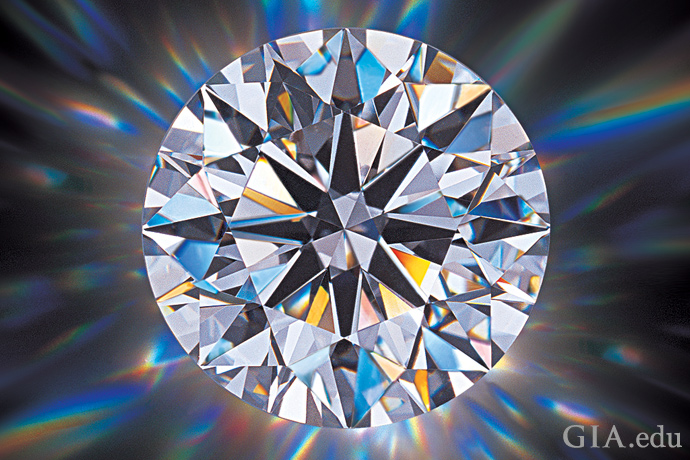


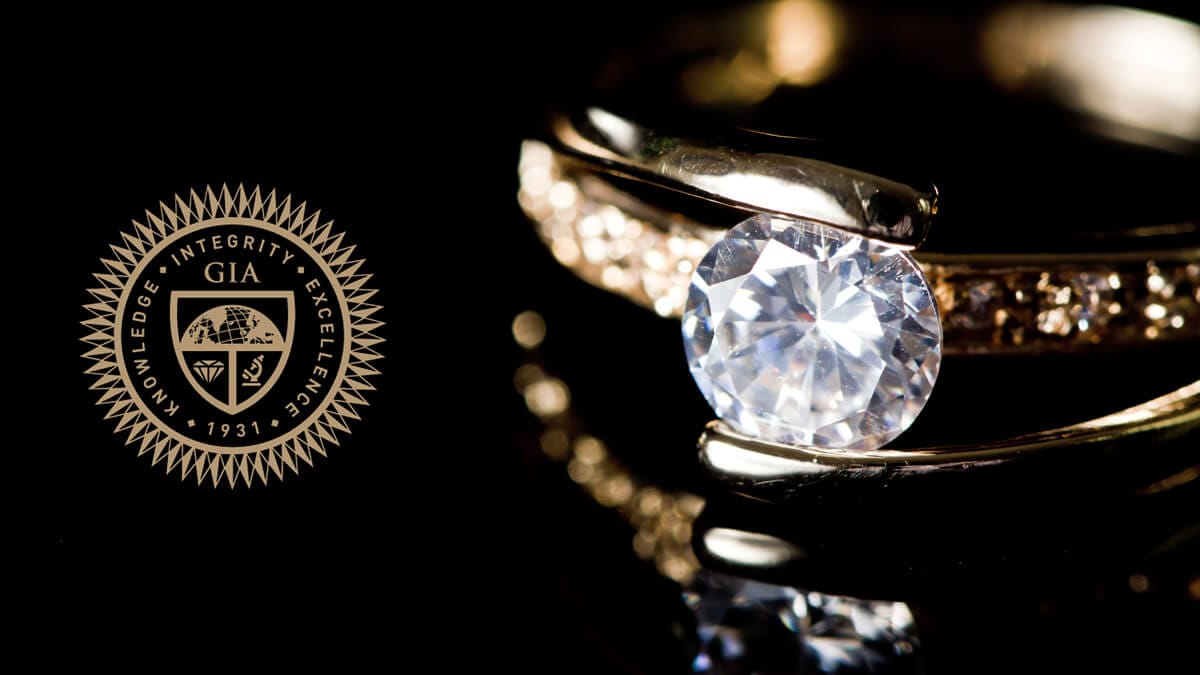
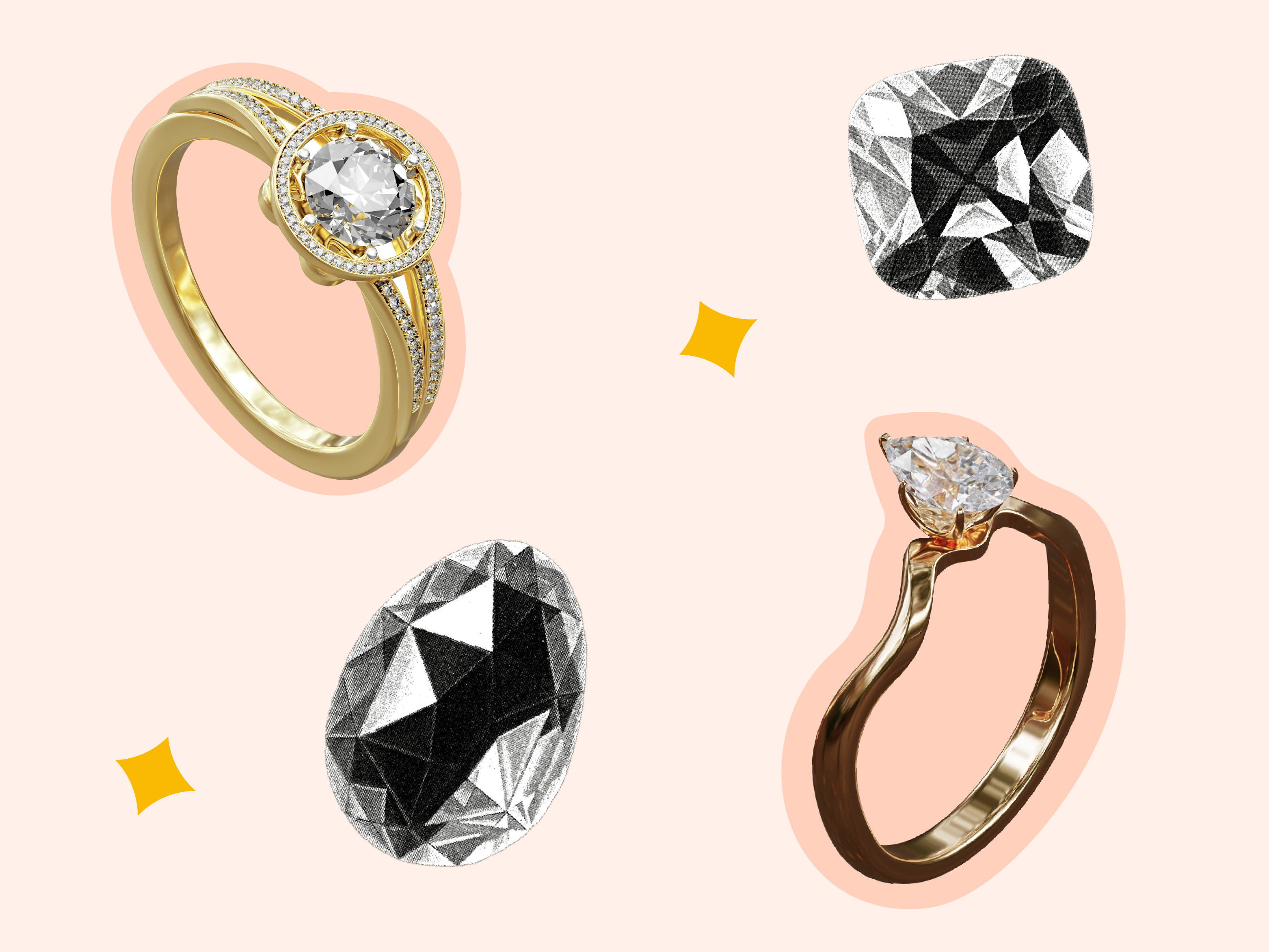
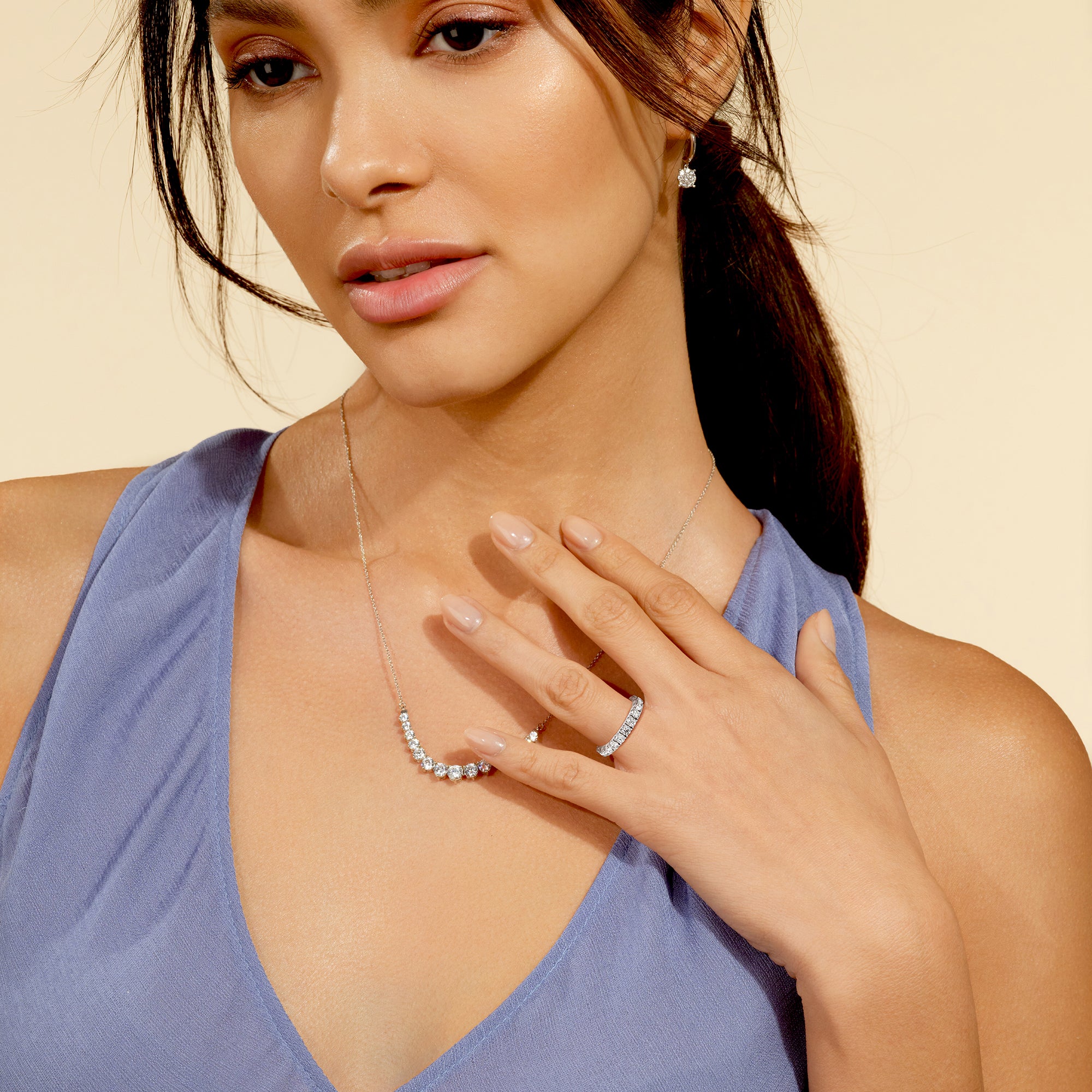
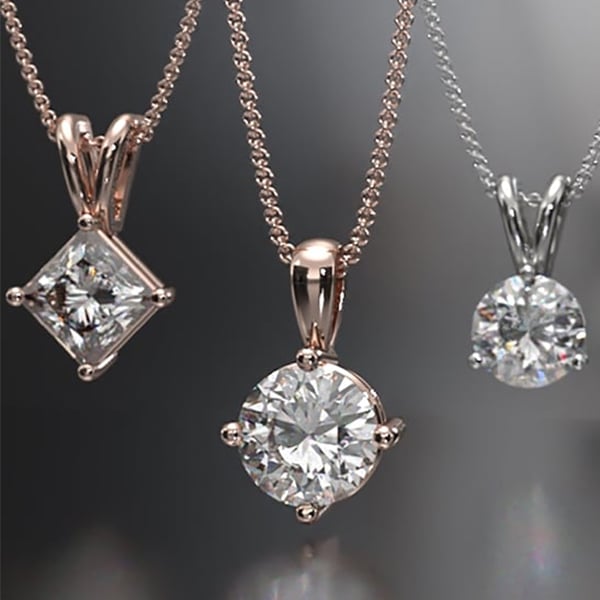
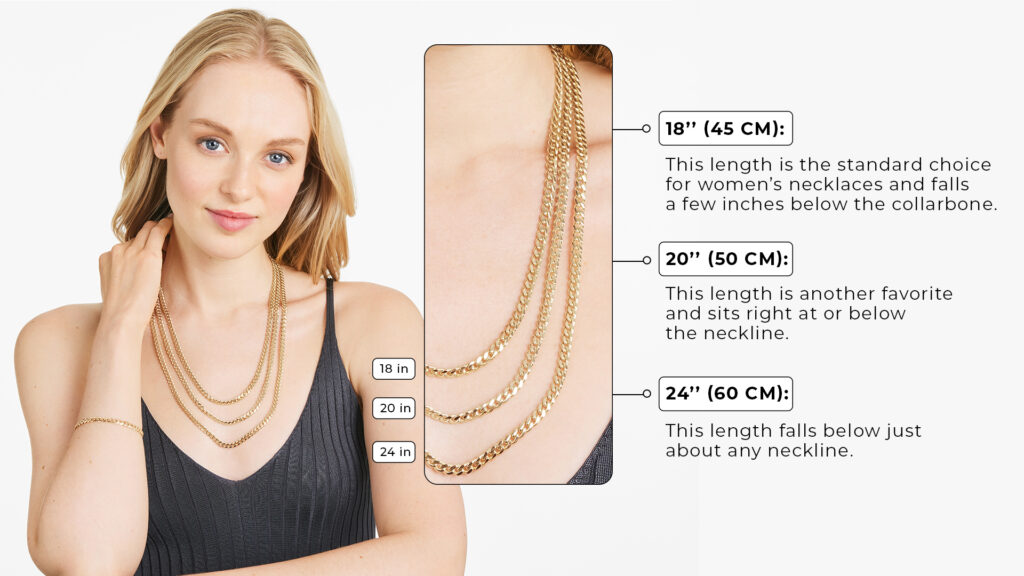
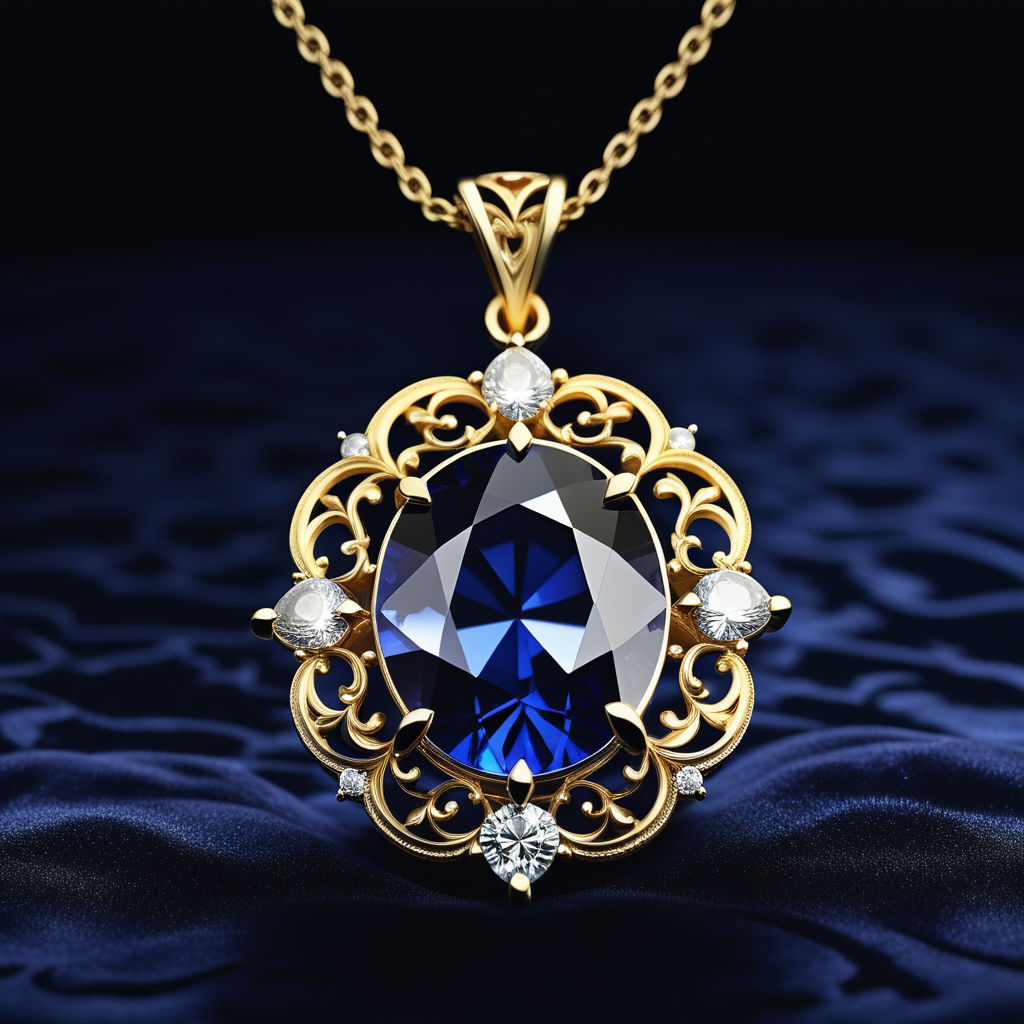

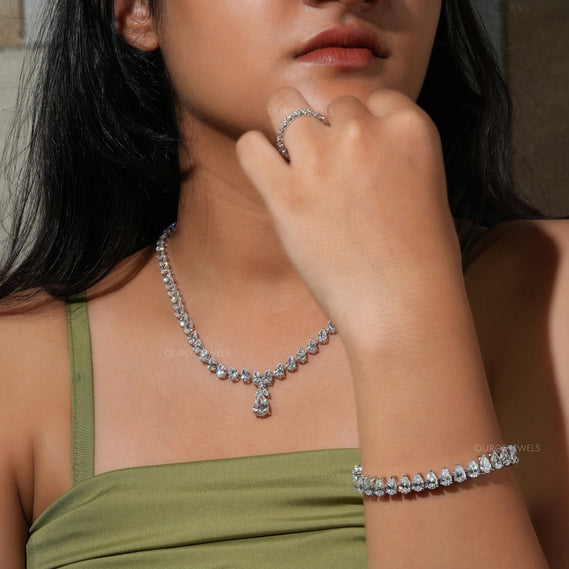
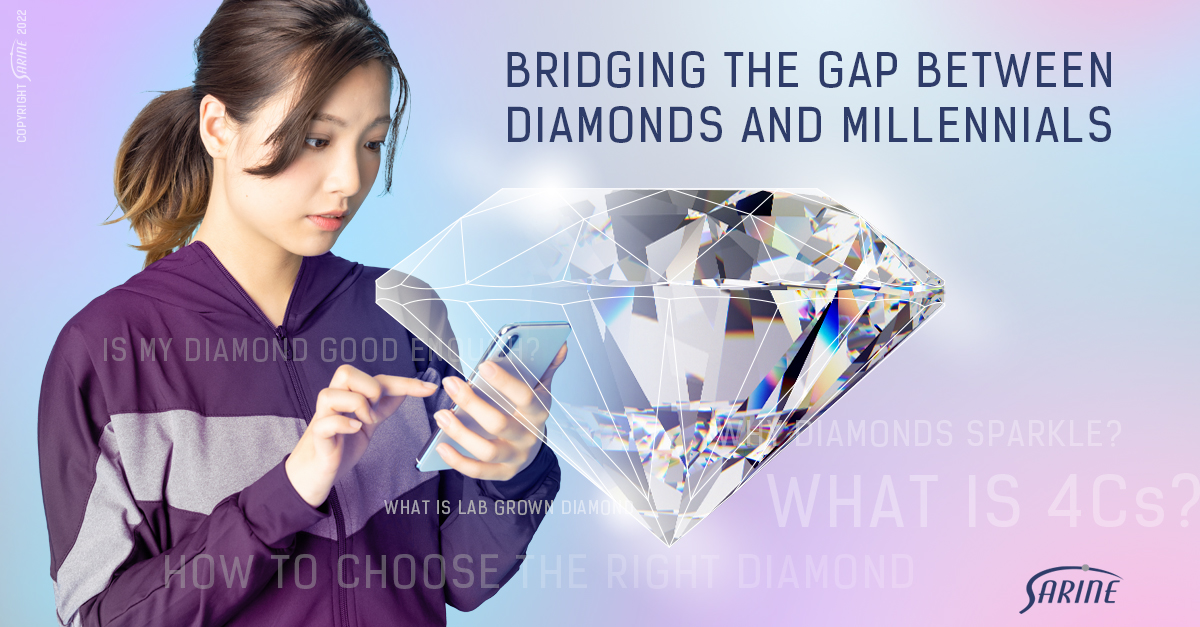
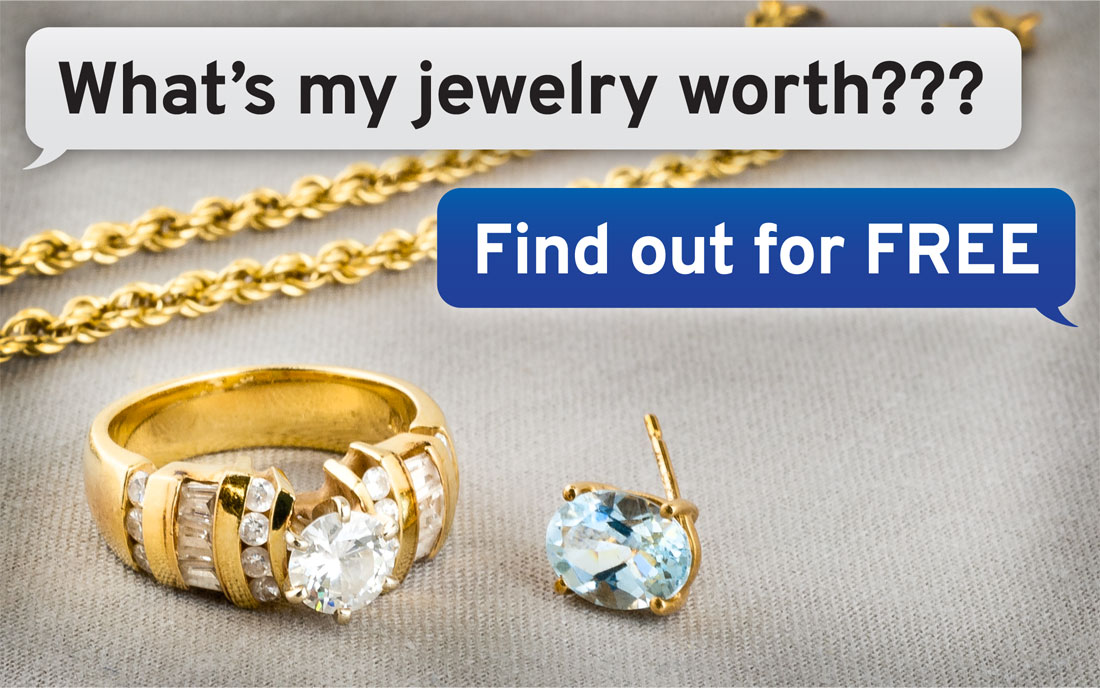
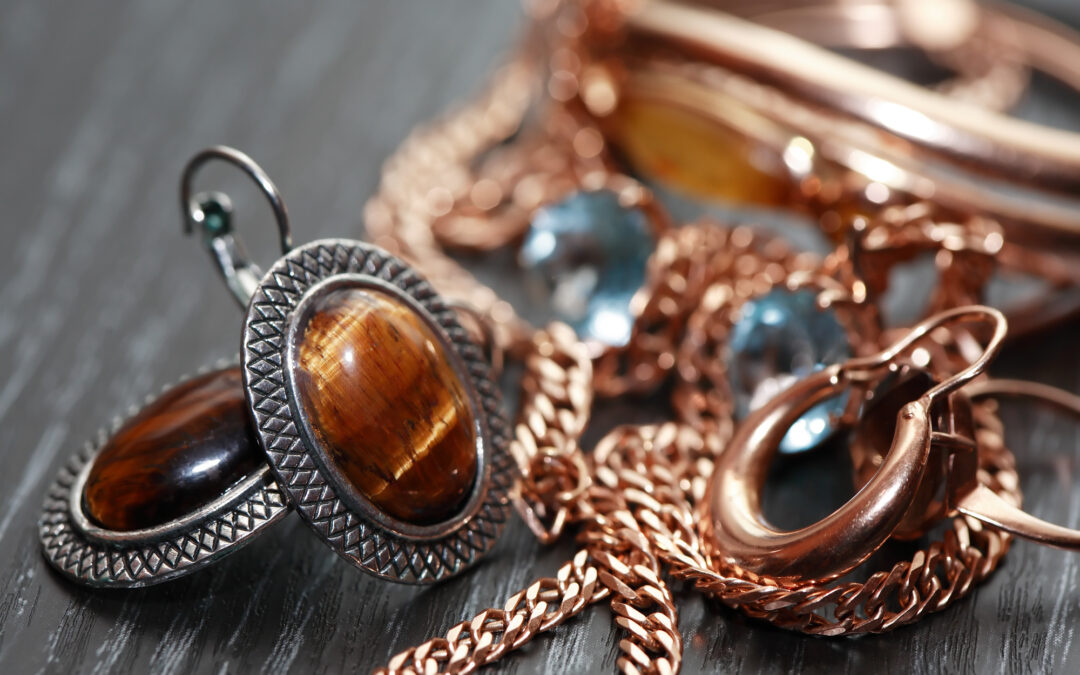


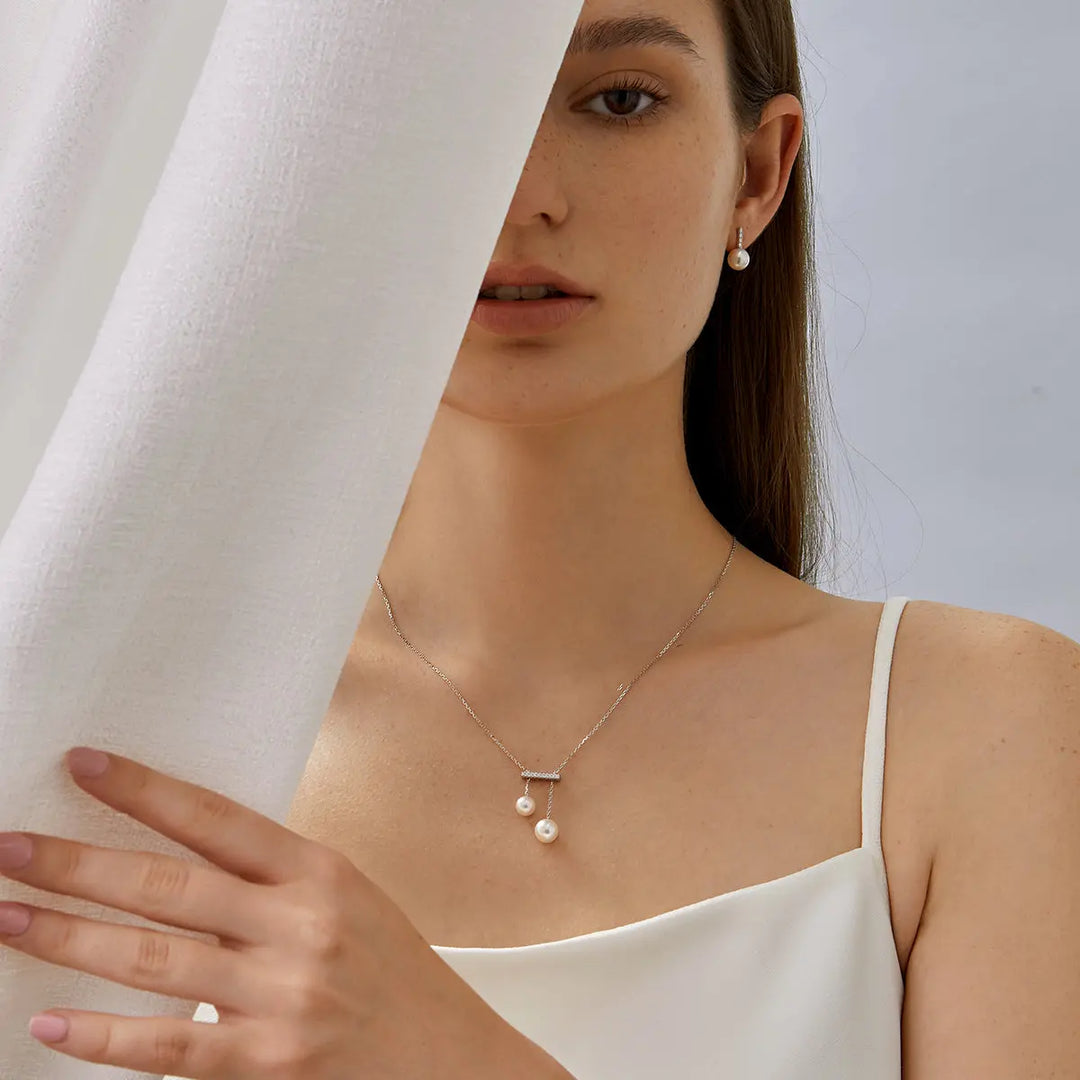
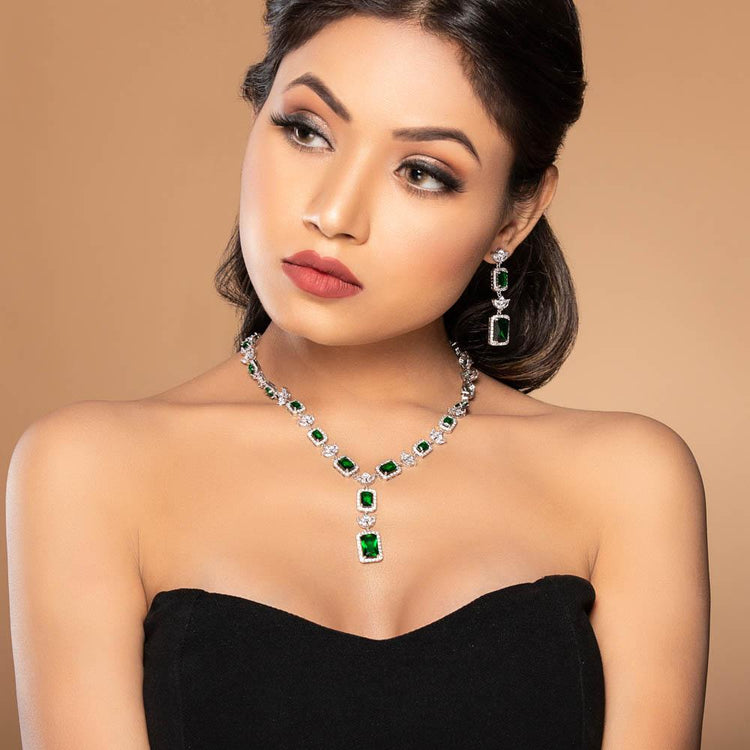



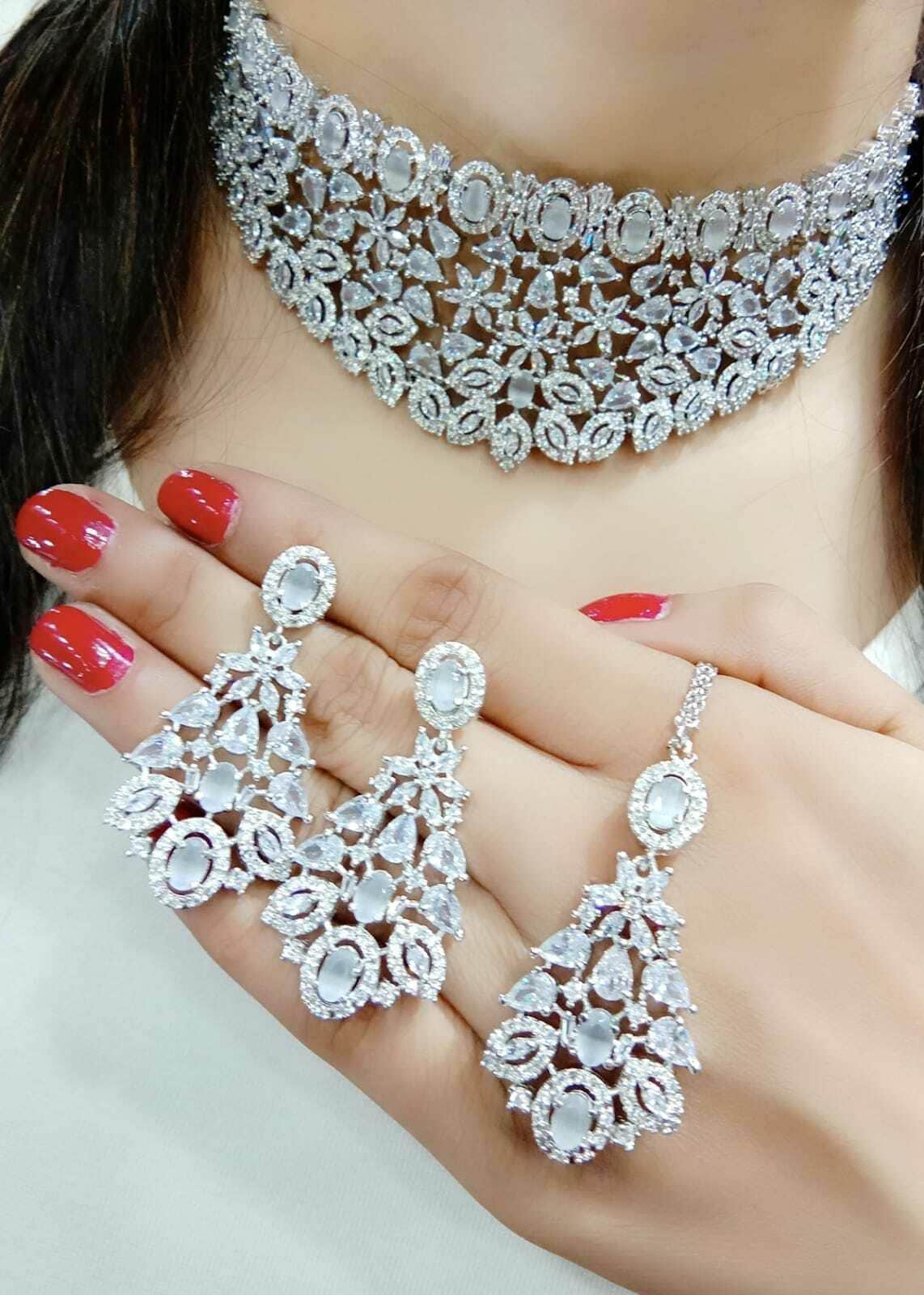
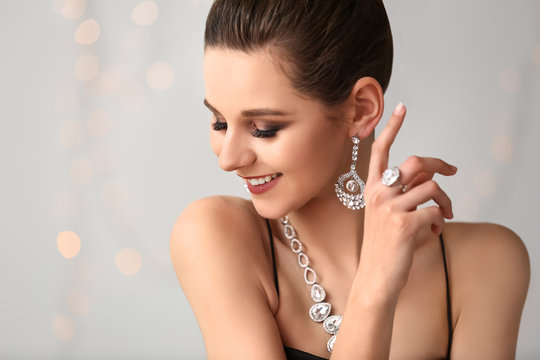
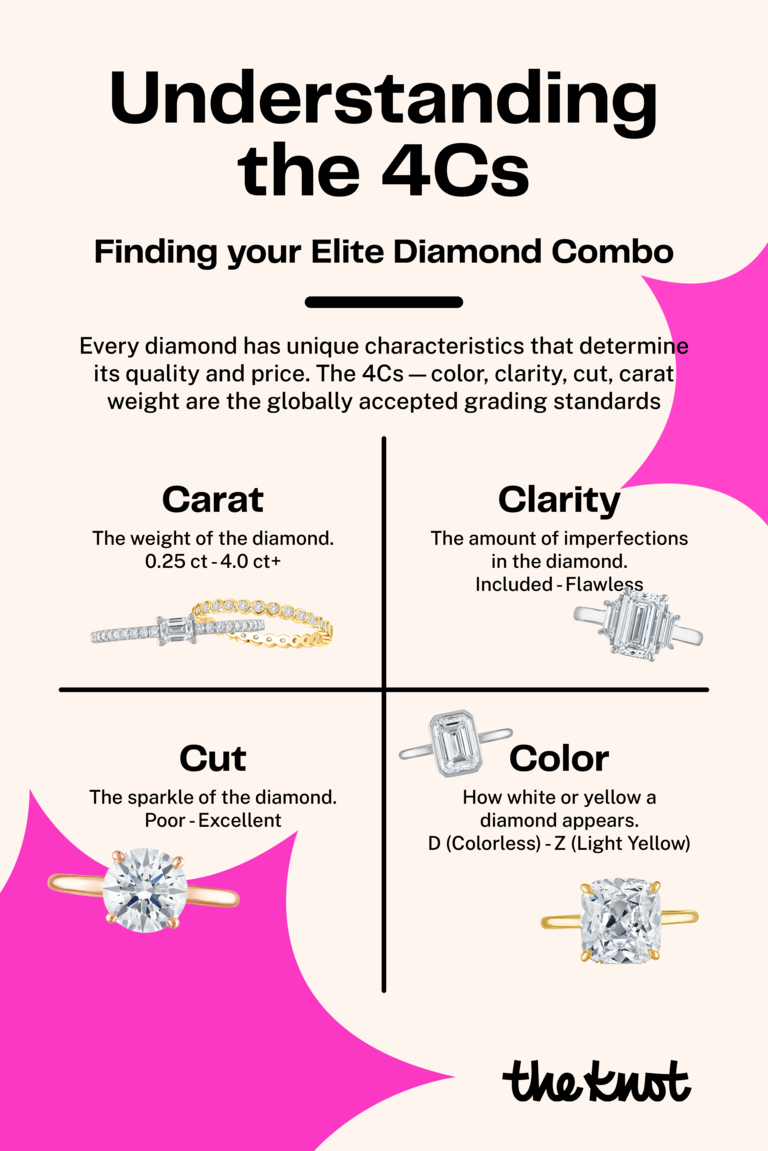
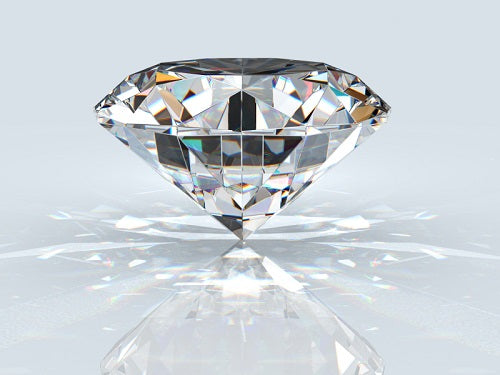
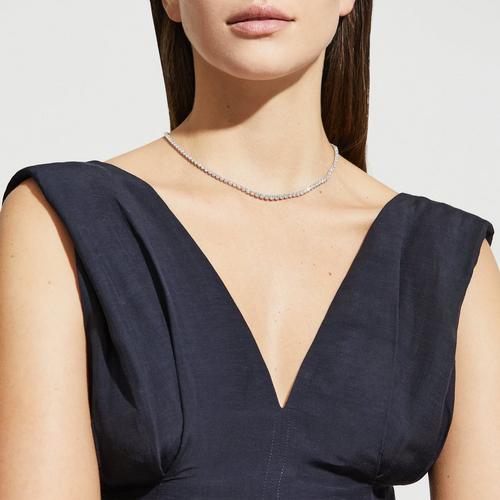
)


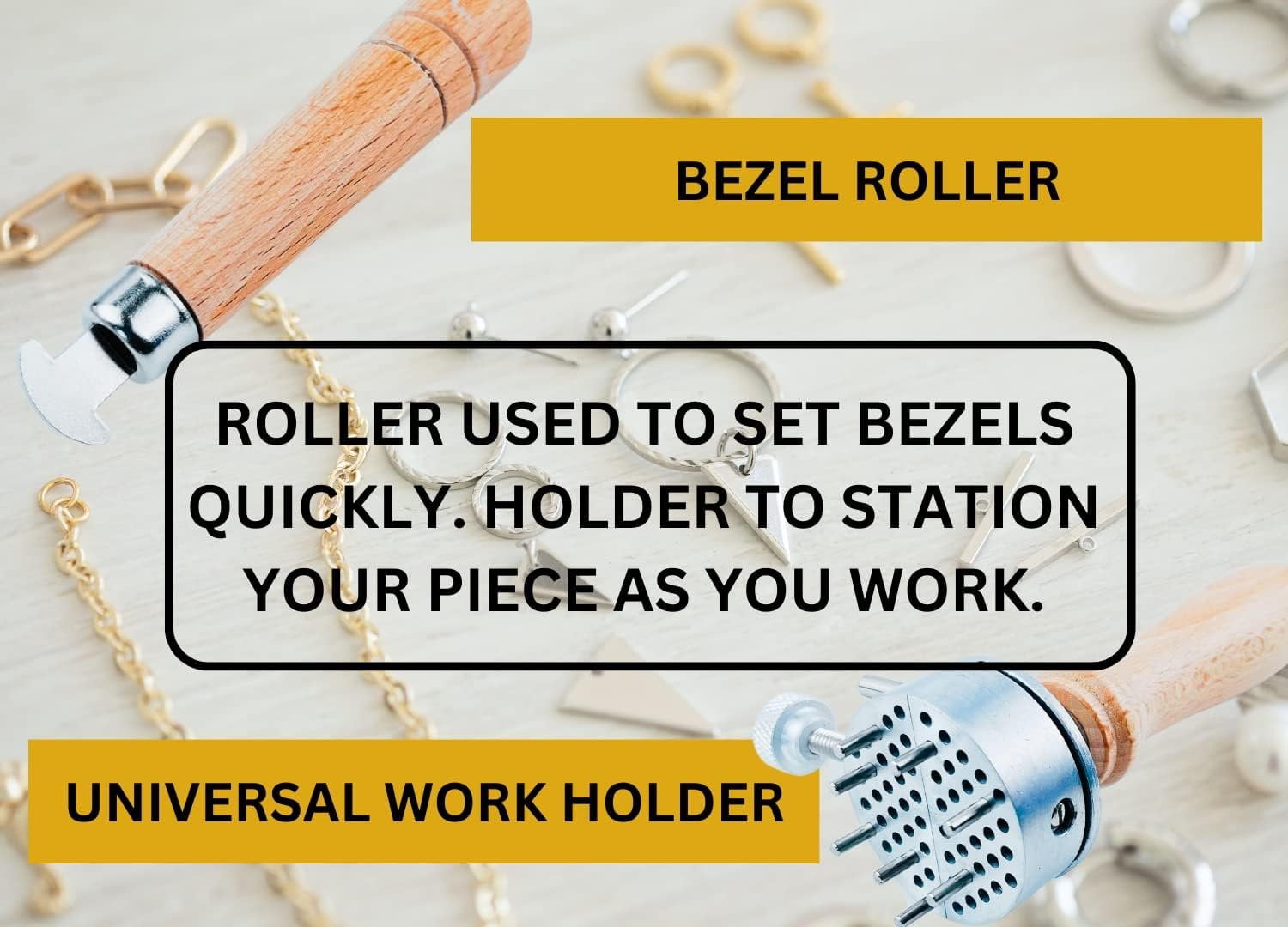

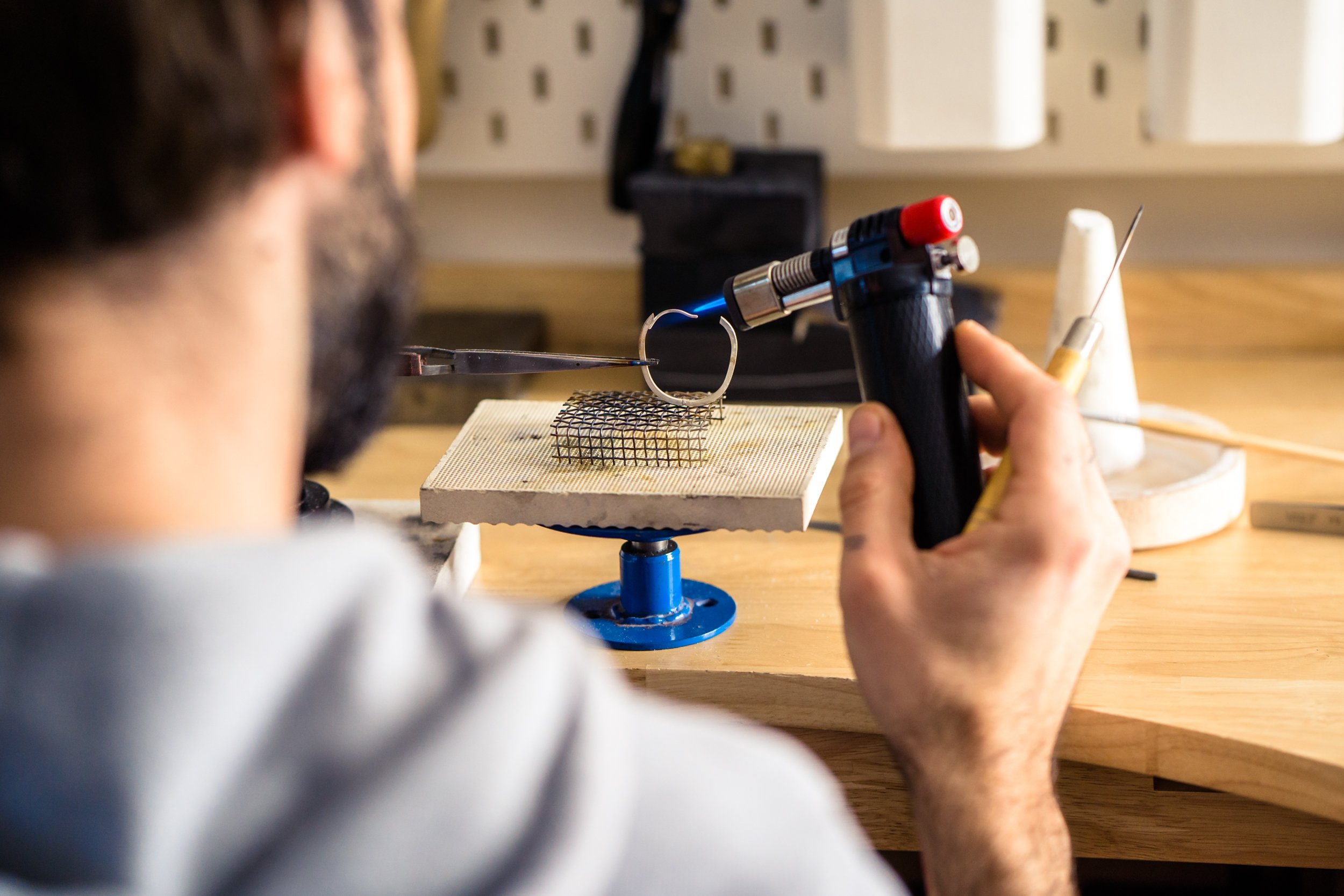




:max_bytes(150000):strip_icc()/rsp-tier-3-primary-best-jewelry-cleaners-ebrockob-001-d8bcc24e9447403995cd6c2a407c512a.jpeg)





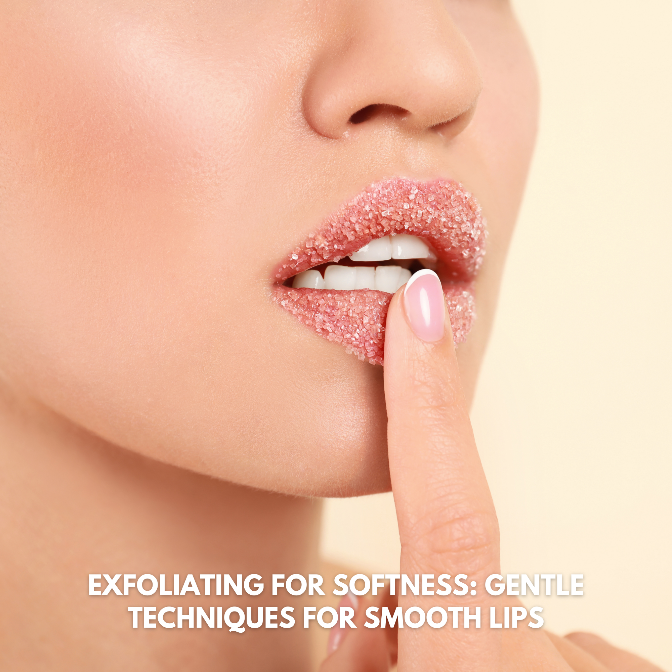












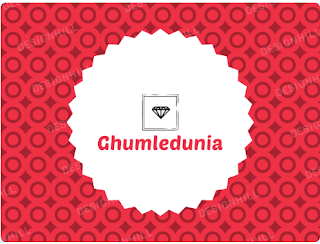
0 Comments